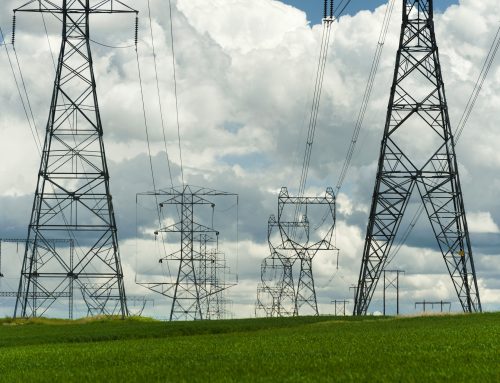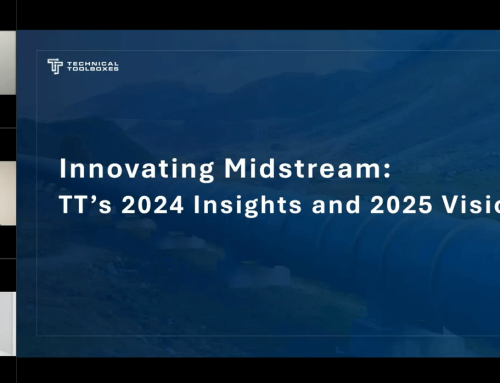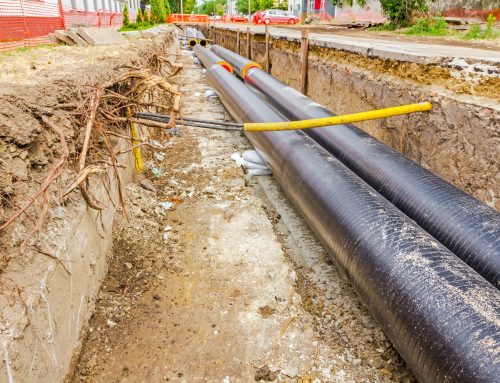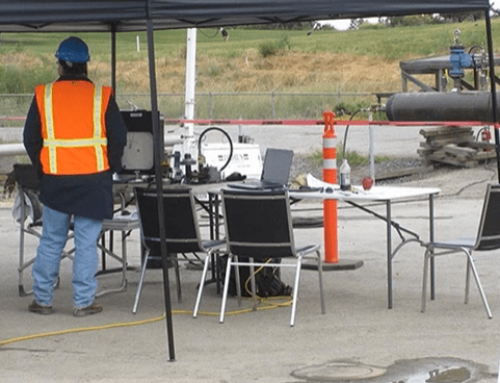Essential Insights into the IGT Distribution Equation
By Febin Jose
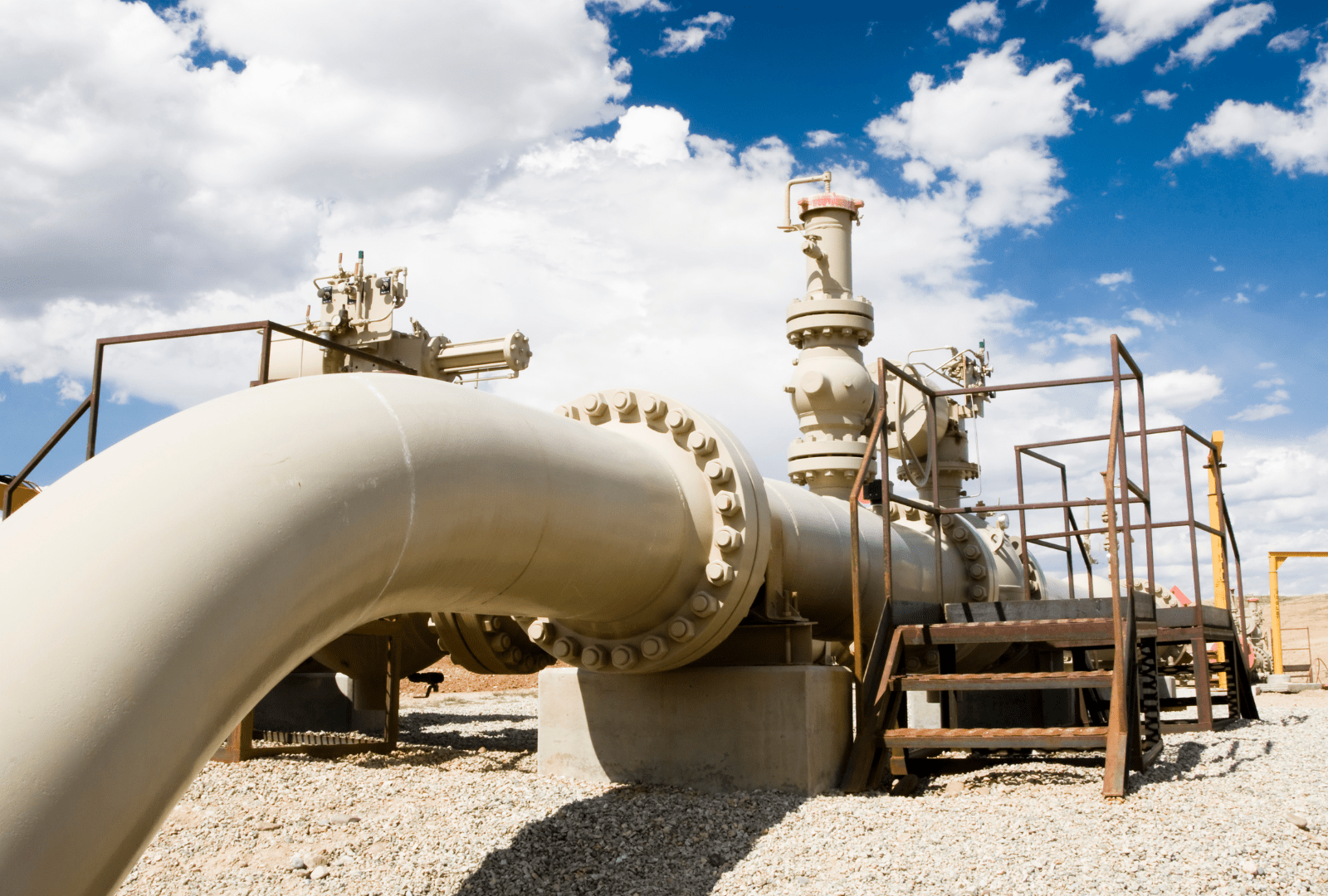
The design and operation of natural gas pipelines require precise engineering to ensure efficient gas flow, minimize pressure drops, and guarantee safety. A crucial element in this process is understanding and applying the IGT Distribution Equation. This equation, a standard tool used in the natural gas industry, simplifies complex gas distribution calculations, ensuring that pipelines are designed and maintained with optimal efficiency.
In this blog, we’ll explore the IGT Distribution Equation, its applications, and its relevance to modern pipeline systems. Whether you’re involved in pipeline engineering or simply curious about the math behind gas flow, this guide will provide valuable insights.
What is the IGT Distribution Equation?
The IGT Distribution Equation is a critical formula used to calculate the flow of natural gas through pipelines. Developed by the Institute of Gas Technology (IGT), this equation allows engineers to predict the behavior of gas under various conditions, taking into account variables like pressure, temperature, and pipeline diameter.
The IGT equation is particularly useful for:
- Pipeline pressure drop calculations: The equation helps in determining the pressure drop as gas flows through a pipeline, which is essential for maintaining adequate pressure across long distances.
- Flow rate calculations: Understanding how gas flows through a pipeline at different pressures and temperatures.
- System design: Engineers use this equation to design pipelines that optimize gas distribution, minimizing losses and ensuring safety.
Key Components of the IGT Distribution Equation
The equation considers several variables that are critical to gas distribution:
- Pipeline diameter – A larger diameter reduces the pressure drop and allows for a higher flow rate, while a smaller diameter increases pressure losses.
- Gas pressure and temperature – As gas is compressed or expanded, its pressure and temperature change, impacting flow rates and distribution.
- Friction factors – The internal surface of the pipeline affects gas flow due to friction, which needs to be minimized for efficiency.
- Elevation changes – Variations in pipeline elevation can affect pressure, which needs to be accounted for in the design phase.
By combining these factors, the IGT Distribution Equation provides a reliable method for engineers to predict how natural gas will behave as it flows through a given pipeline. This enables them to optimize designs and ensure that gas reaches its destination safely and efficiently.
Applications of the IGT Equation in Pipeline Design
The IGT equation plays a vital role in various stages of pipeline development:
- Gas distribution calculations: It helps in determining the most efficient way to distribute gas to different locations, accounting for factors like distance and pressure drop.
- Pressure drop management: The equation enables engineers to calculate the expected pressure drop over long pipelines, helping to prevent pressure-related issues.
- Natural gas pipeline design: Using this equation, engineers can create systems that balance efficiency, safety, and cost, ensuring that gas reaches customers at the correct pressure.
In addition, the IGT Distribution Equation is critical for understanding the behavior of natural gas in existing systems. Operators can use the equation to model real-world scenarios, adjust flow rates, and prevent potential system failures.
Why the IGT Equation is Essential for Modern Pipelines
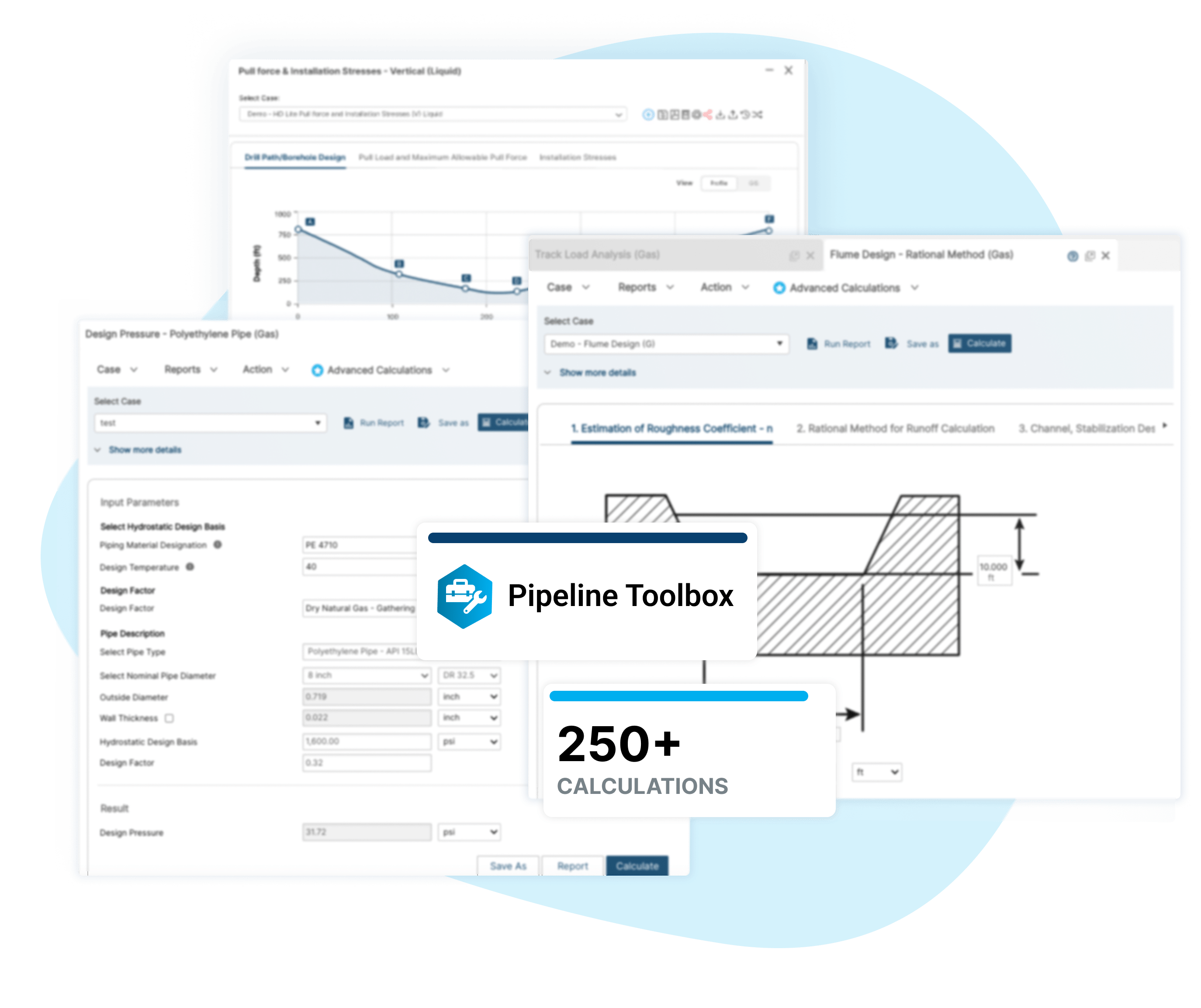
With the increasing demand for natural gas and more stringent safety regulations, the ability to accurately predict gas behavior is more important than ever. The IGT Distribution Equation simplifies the complex physics behind gas flow, making it easier for engineers to design efficient, safe pipeline systems.
For industries using Pipeline Toolbox software from Technical Toolboxes, the IGT equation is embedded within the hydraulic modeling tools. This provides professionals with real-time calculations for tasks like flow simulation and pressure drop analysis. The integration of the IGT equation into modern software ensures that companies can make informed decisions and maintain safe, efficient pipeline operations.
Conclusion
The IGT Distribution Equation is an indispensable tool for engineers in the natural gas industry. It simplifies the process of designing and maintaining pipelines by providing accurate, reliable predictions of gas behavior. Whether you’re dealing with pressure drop issues or designing a new pipeline system, understanding the IGT equation is crucial.
To learn more about how you can apply the IGT Distribution Equation in your projects, or to explore Technical Toolboxes’ Pipeline Toolbox (PLTB) software, schedule a free consultation with our experts today. We offer tailored solutions that ensure your pipeline systems are safe, efficient, and compliant with industry standards.
Suggested Post
Optimizing AI in Midstream Asset Integrity: Lessons from the Experts
Optimizing AI in Midstream Asset Integrity: Lessons from the Experts By Nick Rendall [...]
A Game Changer for API Inspectors: AI-Powered Enhancements in APITB
A Game Changer for API Inspectors: AI-Powered Enhancements in APITB By Henry Romero [...]
CEO Corner: A Q&A on Technical Toolboxes’ recent partnership with BVP Forge
CEO Corner: A Q&A on Technical Toolboxes’ recent partnership with BVP Forge By Jim [...]






